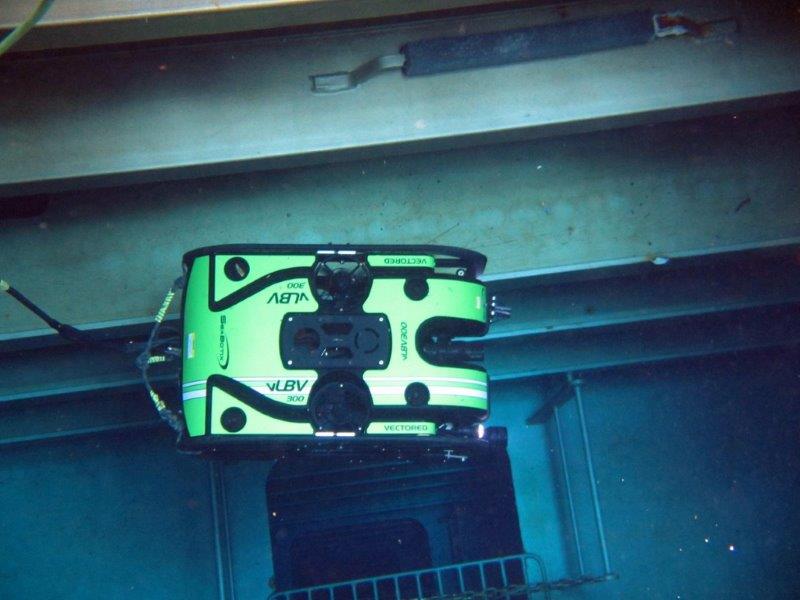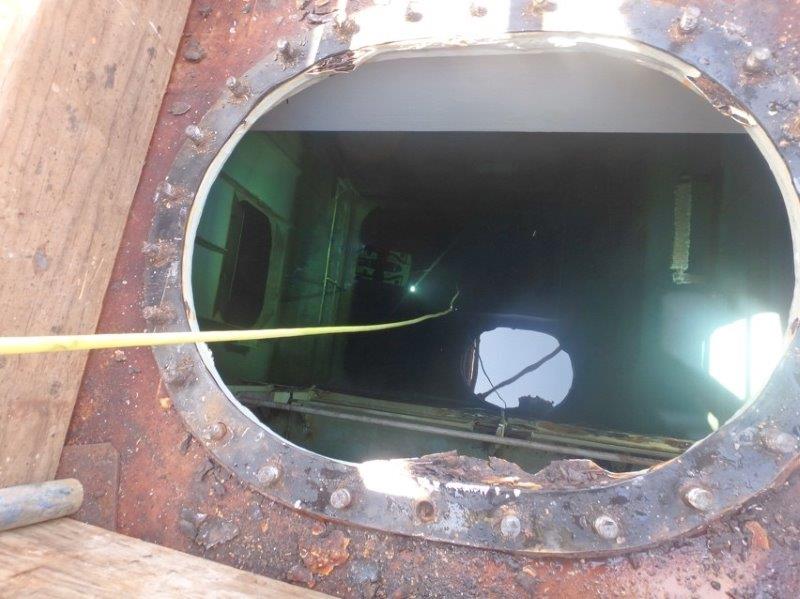ROV Technology Boosts Underwater Productivity

“DO WE have to use divers for this? Let’s put safety first.”
So says Vertech Managing Director Tom Brennan when it comes to underwater inspections.
“The industry is changing rapidly,” he said. “Divers are now one of the least preferred methods for subsea inspection tasks due to health and safety concerns, logistics and cost.”
That is one of the reasons the Perth-based inspection services company, a key Nexxis partner, has embraced remotely operated underwater vehicles (ROVs) as an alternative to putting divers in the water.
“Advances in ROV inspection technology, 3D visualisation and robotic NDT equipment mean we rarely require divers for underwater inspections,” Mr Brennan said.
“What’s more, we can have a highly qualified NDT technician on board the asset and in direct control of the ROV and NDT sensors rather than relaying information to and from a diver with limited NDT experience.
“Because those technicians know exactly what they are looking for, the job tends to be completed in a much more efficient and precise manner.
“We’re also less dependent on the right weather conditions to carry out inspections and ROVs can operate for longer periods without a break, including at night.
“The result is far more cost effective for our clients, plus a far safer and more accurate way to complete inspections.”
Nexxis CEO Jason De Silveira says service providers such as Vertech are helping introduce the industry to the opportunities that can be gained through recent advances in inspection and testing technologies, but many operators around the world remained unaware of them or unwilling to adopt new work practices.
“There seems to be a direct correlation between the rate at which operators adopt new technology and safety performance,” Mr De Silveira said.
“Even in the USA, which has been at the forefront of oil and gas exploration and production for many years, there seems to be a reticence among many operators to replace or enhance manual processes with new technology.
“Yet there is still an unacceptable number of injuries and fatalities in the industry in that part of the world, many of which could be avoided with remote inspection and testing technology.”
Mr Brennan, an oil and gas industry veteran who previously worked in the North Sea, Middle East and Gulf of Thailand, says Australian operators have become world leaders in terms of embracing technology, although it wasn’t always the case.
“Until about 10 years ago, North Sea operators were definitely pioneers in the use of new technology to enhance productivity, safety and efficiency,” he said.
“But Australia has caught up and, in some cases, overtaken other parts of the world, in part because of the focus on safer performance in the industry, but also driven by a need to cut costs and get things right first time, every time.”


